What is Maida and Why is it Bad?
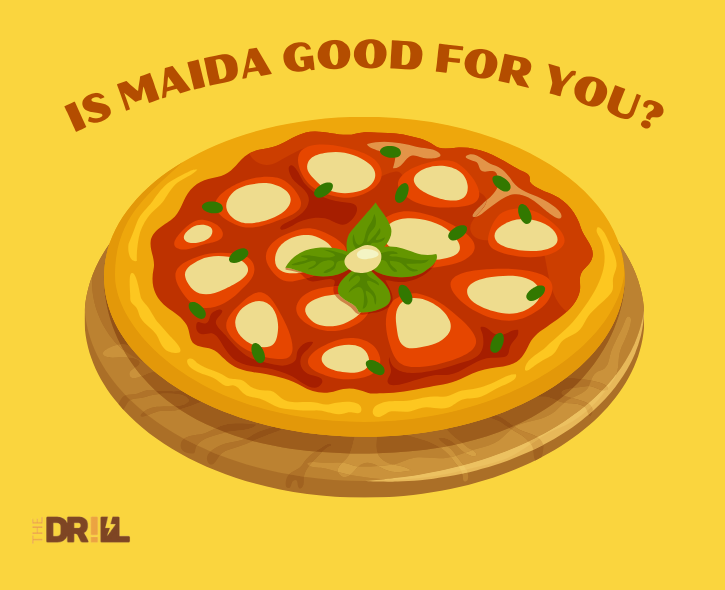
Share
"Puri or Paratha?"—The Real Question is, Kitna Maida Kha Rahe Ho?
Let’s be real—maida is everywhere. From your morning toast to that tempting plate of chole bhature, refined flour has sneakily made its way into almost everything we eat. But while you’re enjoying that crispy samosa or perfectly soft naan, have you ever wondered—is maida actually good for you? Spoiler alert: No, it’s not.
Let’s break it down.
What is Maida?
Maida, or refined wheat flour, is basically wheat flour that has been stripped of all its nutrients, fiber, and any form of goodness. It goes through a hardcore refining process where the wheat grain's bran (fiber) and germ (nutrients) are removed, leaving behind just the starchy endosperm. Think of it like stripping away all the good parts of a fruit and keeping only the sugar.
How is Maida Made?
- Wheat grains are milled and bleached using chemicals like benzoyl peroxide or chlorine dioxide to make it whiter and softer.
- The fiber, vitamins, and minerals are completely removed.
- What’s left? A fine, soft, carb-loaded flour that tastes good but does little for your body.
Now that you know how it’s made, let’s talk about why it’s basically the friend-enemy of your health.
Why is Maida Bad for You?
1. Zero Nutrition, Maximum Calories
Maida is like that one friend who shows up for the fun but disappears when work needs to be done. It fills your stomach but contributes zero vitamins, and zero minerals. What it does have? Empty calories that make you feel full for a short while but leave you craving more food soon after.
2. Blood Sugar Spikes = Diabetes Risk
Since maida is highly refined, it has a high glycemic index (GI), meaning it gets digested super quickly and floods your bloodstream with glucose. Your body releases extra insulin to handle this, and over time, this cycle can lead to insulin resistance and Type 2 diabetes.
India already has over 100 million diabetics—do we really need more?
3. Leads to Weight Gain & Belly Fat
If you’re wondering why your gym workouts aren’t showing results despite “eating clean,” check your maida intake. Since it lacks fiber, it doesn’t keep you full for long, making you eat more frequently. Plus, extra glucose in your blood? That’s stored as fat, particularly around your belly.
Quick Fact: Studies show refined carbs like maida can increase the risk of obesity, especially in urban Indian diets where processed foods are common.
4. Bad for Gut Health
Indian food is naturally rich in fiber—atta, dal, sabzi—but maida? Not so much. Since it lacks fiber, it slows down digestion, causes constipation, bloating, and acidity. That’s why a plate of aloo paratha (whole wheat) feels way better than a pizza base made of maida.
5. Can Increase Heart Disease Risk
Diets high in refined carbs like maida are linked to higher cholesterol levels, inflammation, and heart disease. If you eat a lot of maida-based foods, you’re likely consuming more trans fats and unhealthy oils, further increasing your risk.
6. Triggers Inflammation & Weakens Immunity
Maida causes chronic inflammation in the body, which can lead to problems like joint pain, fatigue, and even acne. So if your skin is breaking out and you have random body aches, it might be time to check your diet.
Maida is in More Foods Than You Think
If you think you eat “less” maida, think again. It’s hidden in so many everyday foods:
- Street food: Samosas, momos, chowmein, pav bhaji buns, naans.
- Bakery items: Bread, biscuits, cakes, rusks, pastries.
- Instant foods: Maggi, pasta, pizza base, burger buns.
- Packaged snacks: Cream biscuits, noodles, kachori, bhujia.
Basically, if it’s white, soft, and ultra-processed, there’s a high chance it’s made of maida.
Healthier Alternatives to Maida
The good news? You don’t have to give up on delicious food—just swap maida for healthier options:
| Maida-Based Food | Healthier Alternative |
|---|---|
| White bread | Whole wheat/multigrain bread |
| Pizza base | Ragi/jowar/bajra base |
| Biscuits | Oats or almond flour cookies |
| Noodles/Pasta | Whole wheat/millet pasta |
| Naans | Whole wheat/jowar rotis |
| Cakes/Muffins | Ragi/besan-based cakes |
These swaps might take some getting used to, but trust me, your body will thank you later.
The Final Verdict: Should You Quit Maida?
We get it—chole bhature hits differently on a Sunday morning. But the key is moderation. If you’re consuming maida daily in the form of bread, biscuits, and packaged snacks, it’s time to rethink your choices. Switch to healthier flours, opt for whole grains, and limit your intake of ultra-processed foods.
Your gut, blood sugar levels, and energy levels will see a noticeable difference.
Challenge: Try going maida-free for a week and see how your body responds. Less bloating, more energy, and no random sugar crashes—sounds like a win, right?
So next time someone asks “Puri or Paratha?”, make sure it’s not a maida-loaded choice! 😏
FAQs on Maida
Q: Is atta better than maida?
A: 100%. Atta has fiber, vitamins, and minerals, while maida has none of these.
Q: Does maida really cause weight gain?
A: Yes, because it’s digested quickly, spikes blood sugar, and increases fat storage.
Q: What’s the best way to cut down on maida?
A: Start by replacing white bread, biscuits, and processed foods with whole-grain alternatives.
Q: Is whole wheat pizza base healthier?
A: Yes, it’s much better than maida-based ones. Even better? Try ragi or bajra base.
Explore More
-

How Do You Choose the Right Products for Your Health?
...
-
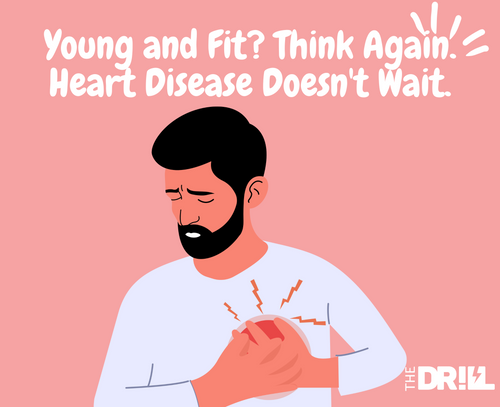
Why Gyms Won’t Save You from Heart Disease in Your 30s: The Hard Truth You Need to Hear
...
-
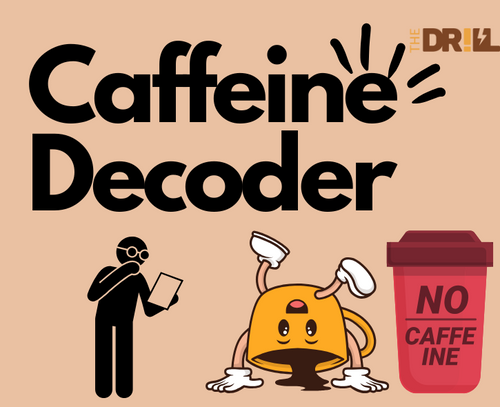
Caffeine and You: Finding the Sweet Spot for Your Day
...
-
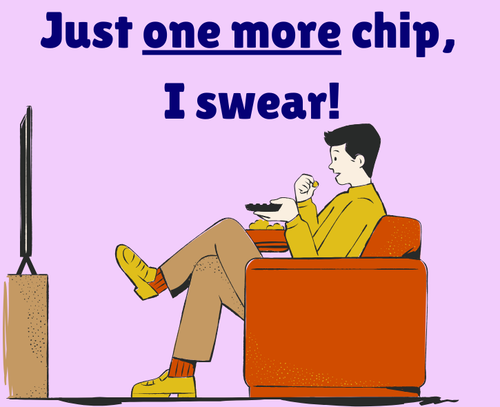
Why Potato Chips Are Addictive: The Science Behind the Crunch
...
-
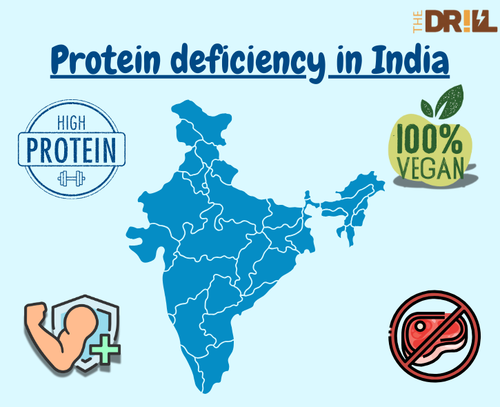
Why Protein Deficiency in India Is More Common Than You Think (And How to Fix It)
...
-
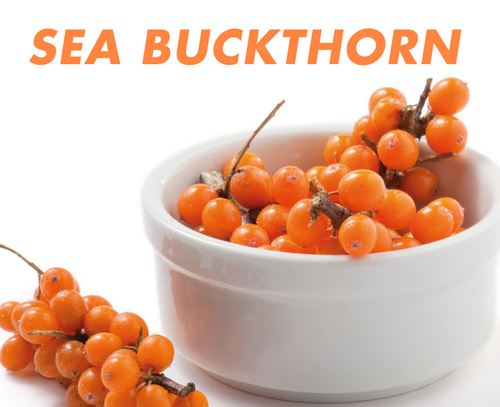
Health Benefits of Sea Buckthorn: The Superberry You Need in Your Diet
...
-

Cold Weather Hacks: How to Stay Healthy During a Mountain Trip
...
-
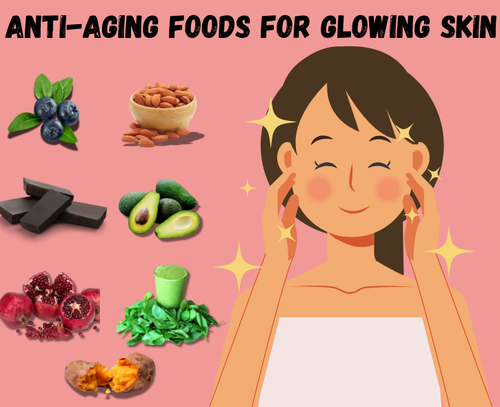
Top 10 Anti-Aging Foods to Keep You Young and Glowing – Bollywood Style
...
-
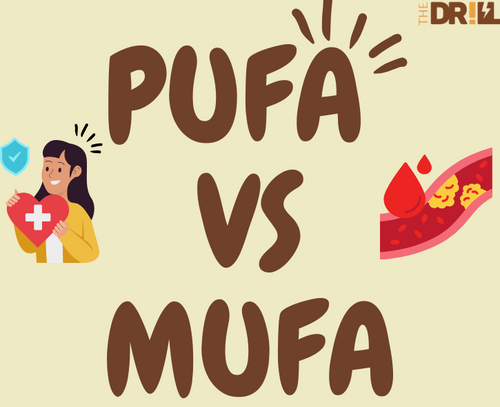
PUFA vs. MUFA: Which is Healthier?
...
-
Introducing Drill Lens: Your AI-Powered Food Rating Tool
...
-
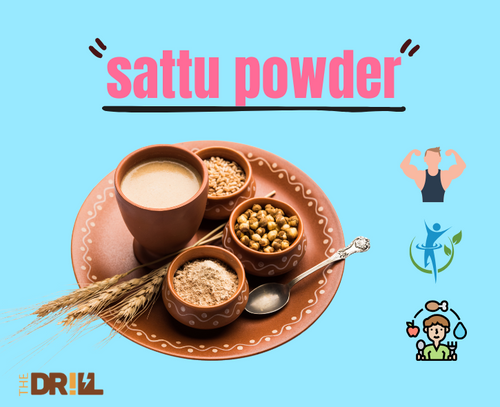
Benefits of drinking sattu everyday
...
-
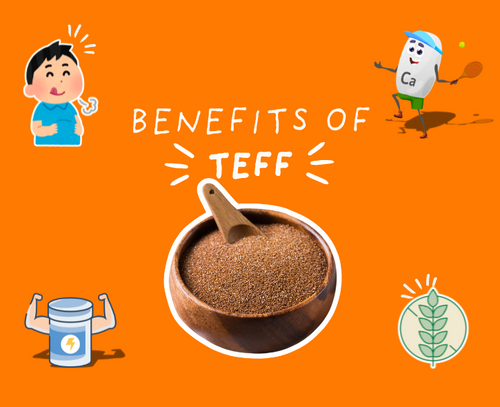
5 Surprising Health Benefits of Teff Grain for Indian Diets
...
-

Can Taurine Cause Side Effects? Here’s What You Need to Know
...
-
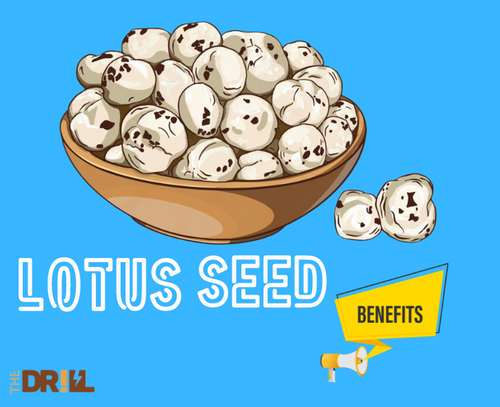
What Are the Health Benefits of Lotus Seeds?
...
-
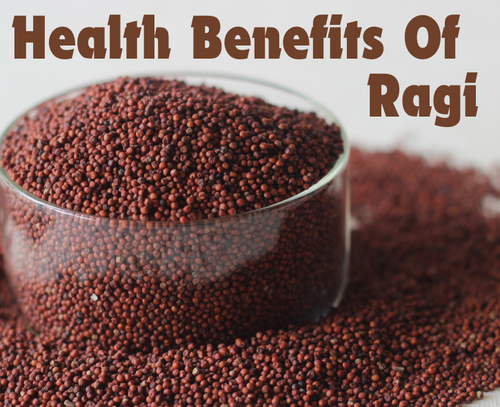
Health Benefits of Ragi for Vegetarians
...
-
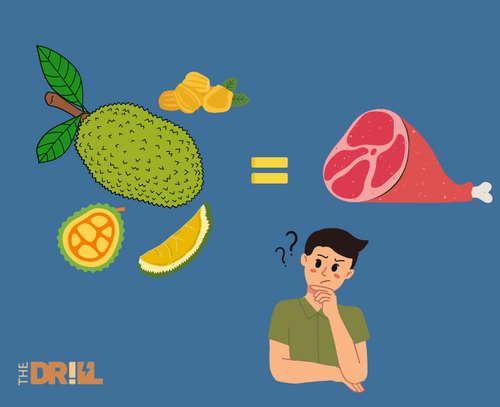
How to Use Jackfruit as a Meat Substitute in Indian Cuisine
...
-
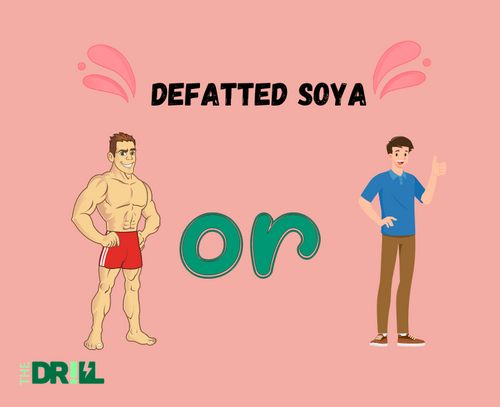
Is Defatted Soya Good for Muscle Gain?
...
-
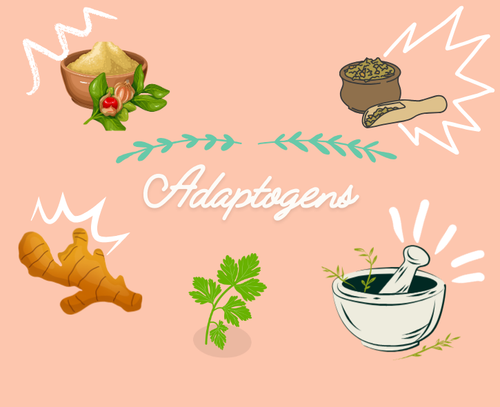
Beginner's Guide to Adaptogens
...
-

The Impact of Glycemic Index on Cravings
...
-
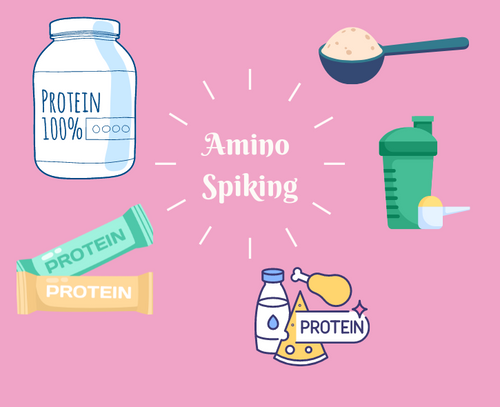
What is Amino Spiking in Whey Protein? A Complete Guide
...
-
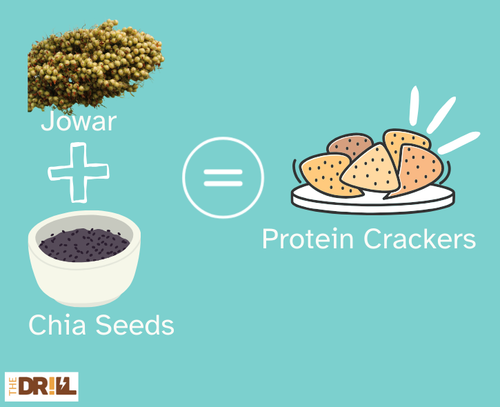
Jowar and Chia Seed Protein Crackers Recipe: A Gluten-Free, High-Protein Snack
...
-
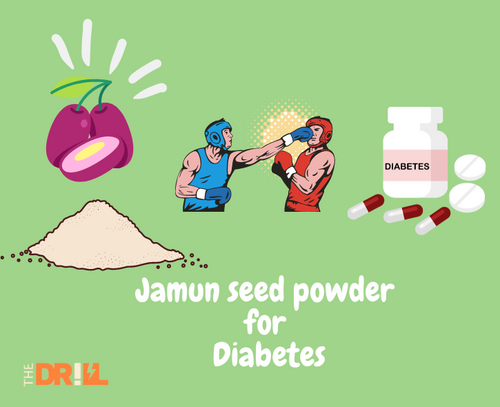
Jamun Seed Powder for Diabetes: Understanding the Benefits and How to Use It
...
-
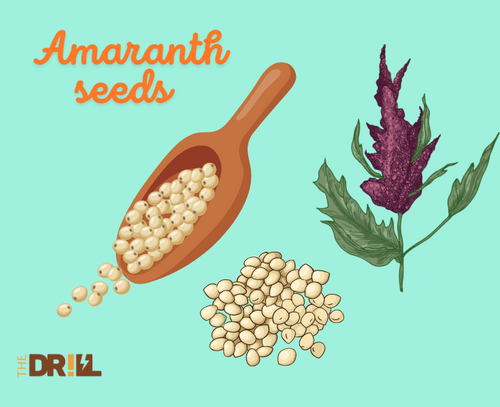
Amaranth Superfood Benefits: Why You Should Add This Ancient Grain to Your Diet
...
-
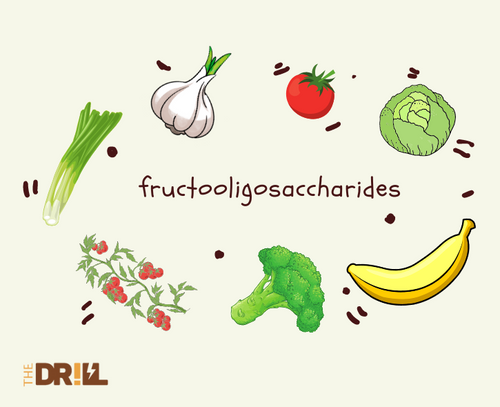
What Is Fructooligosaccharides (FOS) and Why Should You Care?
...
-
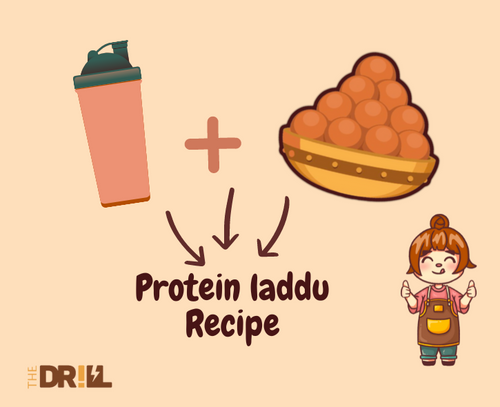
How to Make Protein Laddu at Home: A Nutritious Indian Snack
...
























